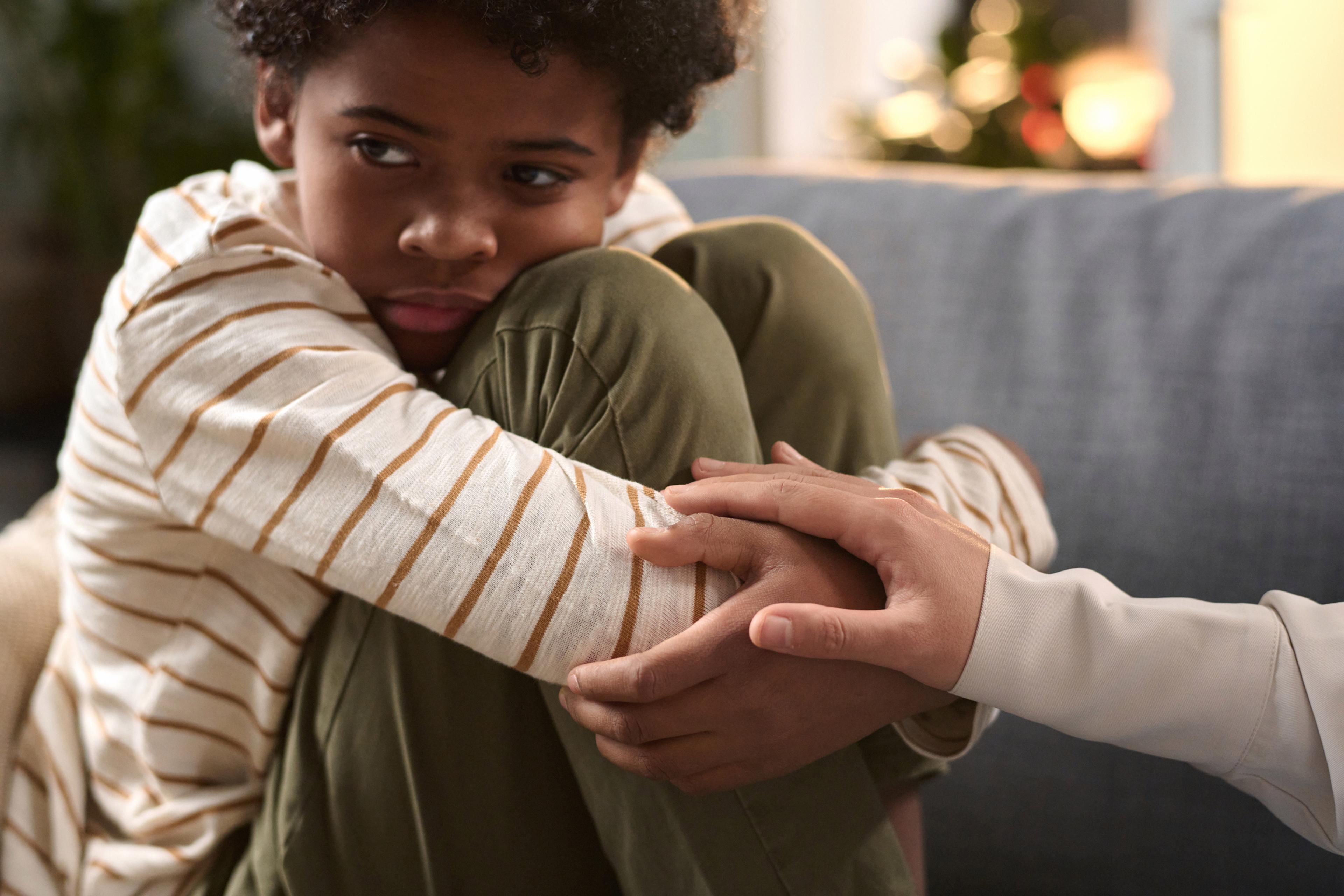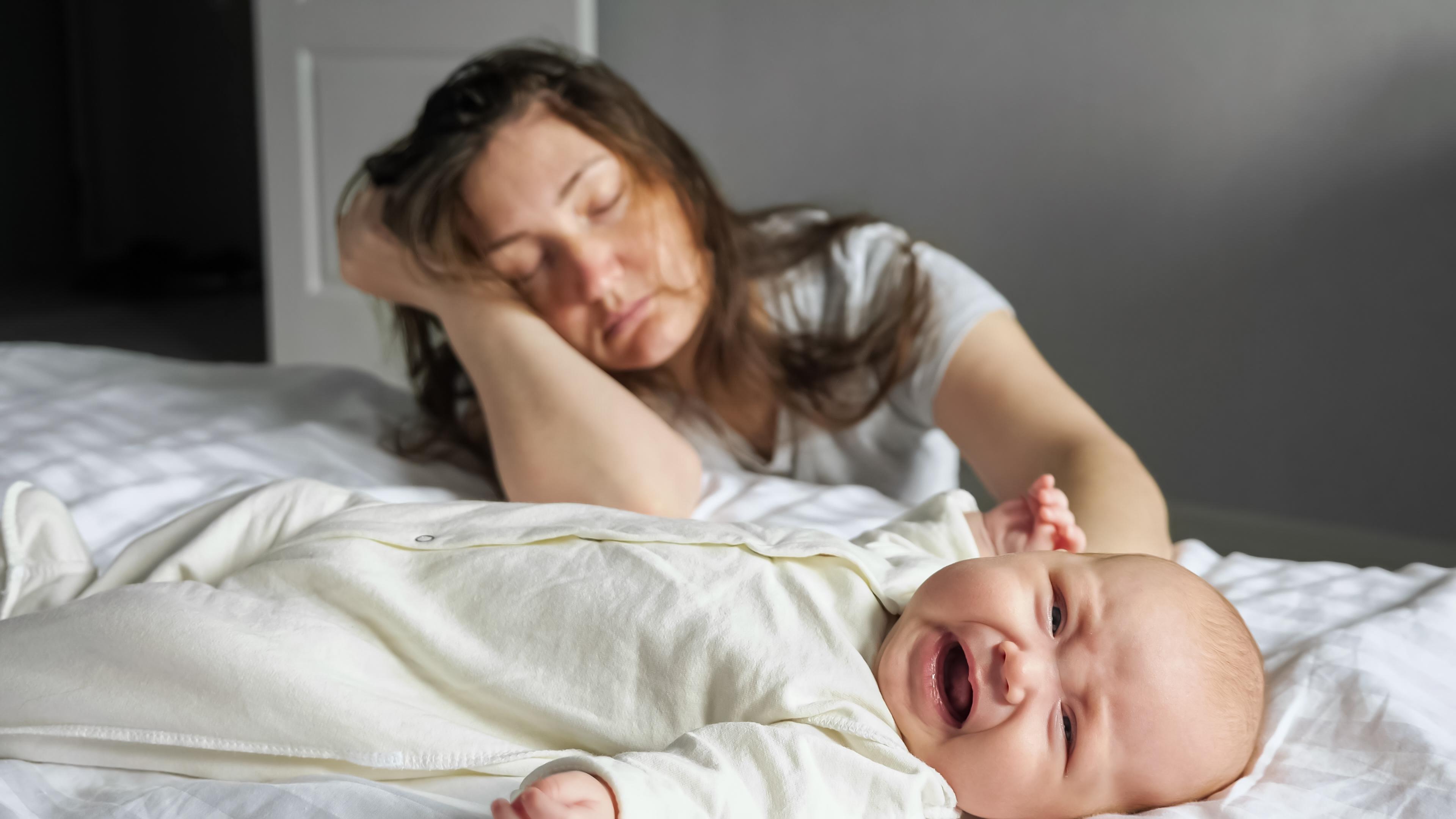What to Do When Your Kid Has a Migraine

Lindsay Knake
| 3 min read

About 10% of children have migraines, according to the American Migraine Foundation (AMF). These severe headaches can make it difficult to function or participate in sports, clubs and other extracurricular activities.
Few young children get migraines, but children age 10 and older are increasingly likely to have them. About 28% of teenagers will have migraines, according to the Cleveland Clinic. Learn more about the symptoms of migraines, symptoms and causes and how to treat them.
What are migraines?
Migraines often start as mild headaches and get worse until the pain makes it hard to function. Children experience similar symptoms as adults, but the symptoms are not the same:
- Throbbing or steady pain, often above the eyes and on both sides of the head
- Extreme sensitivity to light and sound
- Difficulty focusing
- Dizziness or lightheadedness
- Loss of appetite
- Abdominal pain
- Nausea or vomiting
- Visual disturbances known as auras
Auras are rarer in children than in adults. More than 60% of children have migraines without aura, while less than 30% of children experience the flashing lights or distorted vision that start about 30 minutes before the headache sets in.
Migraines typically last from an hour to several days, but children often have shorter migraines than adults, according to the AMF. Like adults, children can experience post-migraine fatigue or exhaustion.
What are the causes of migraines in children?
Most of the time, migraines in children are spontaneous and there isn’t a known trigger, according to the Cleveland Clinic. Family history and gender, however, can affect whether children experience migraines.
If one or both of a child’s parents experience migraines, the child is 50% more likely to also have the severe headaches.
Before the onset of puberty, girls and boys are equally likely to have migraines. But once menstruation begins, girls are three times more likely than boys to have migraines, according to the AMF. Research isn’t yet clear on the role of hormones with migraine attacks.
Other common migraine triggers include:
- Stress, such as school work or bullying
- Diet, especially ultra-processed foods and caffeine
- Changes in eating habits
- Dehydration
- Medications, including birth control, asthma treatments and stimulants
- Lack of sleep
- Changes in weather
What to do when your child has a migraine
When your child has a migraine, have them lie in a dark, quiet room. A cold compress on their forehead can be soothing. Give them medication as directed by their pediatrician or primary care provider (PCP).
Parents should keep a journal of their child’s migraine frequency, symptoms and patterns, and talk to their child’s PCP if there a child has frequent migraines or if there is a family history of migraines. Chronic migraines are classified as 15 or more a month. About 60% of children who have migraines are likely to continue dealing with the headaches, according to the Cleveland Clinic.
The PCP can discuss how to manage the headaches and make a treatment plan. Medication and lifestyle habits are common parts of treatment.
Medication
A first-line treatment for children with migraines is nonsteroidal anti-inflammatory medications, such as ibuprofen or naproxen.
For children with frequent migraines, parents could talk to their PCP about prescription medications used for treatment and prevention of migraines.
Healthy habits
While lifestyle changes cannot completely prevent migraines, they can help with overall health and reduce triggers.
- Get enough sleep and stick to a regular sleep schedule.
- Eat a diet of fresh vegetables and fruits, whole grains and lean meat.
- Eat meals on a regular schedule and don’t skip meals.
- Limit or abstain from caffeine.
- Drink plenty of water, especially during warm and hot weather.
- Exercise regularly.
- Manage stress, including with help from a professional if necessary.
- Stick to a regular routine.
Image: Getty Images
Related:





